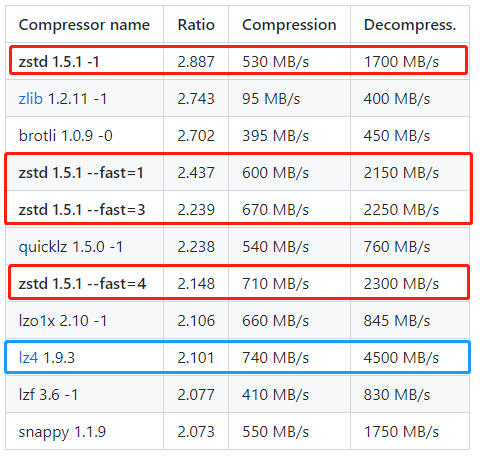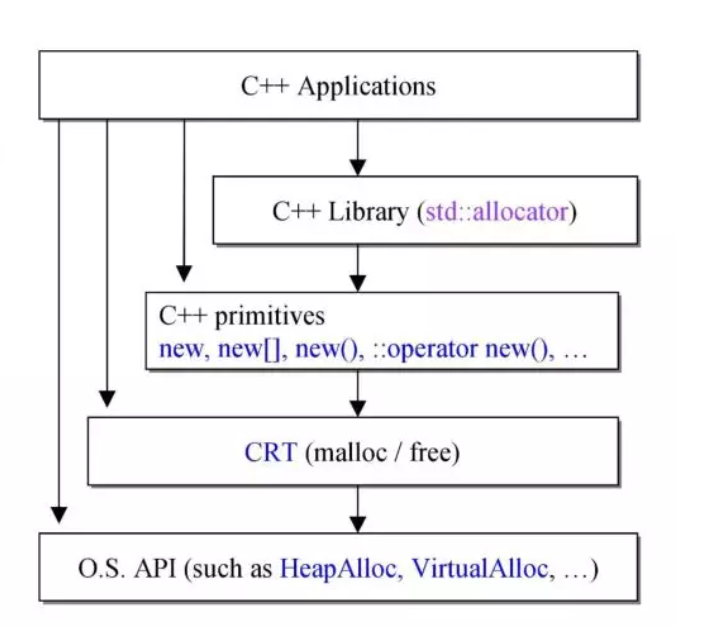在C++11之前,我们通常采用rand函数来生成随机数,但rand函数对一些情况显得难以处理。本文将介绍如何利用C++生成随机浮点数,需要的可以参考一下
前言
在C++11之前,我们通常采用rand函数来生成随机数。
但rand函数对一些情况显得难以处理:
- 不同范围的随机数
- 需要随机浮点数
- 需要非均匀分布的随机数
rand生成随机数
问题出现
场景描述:
想生成一组整形随机数,放入数组中,用来测试自己的排序是否正确。
于是我写出了下方代码,生成随机数。
先简单了解下用到的函数:
//返回time_t类型的 当前时间的时间戳
time_t time (time_t* timer);
//传入一个种子,为伪随机数生成器初始化
void srand (unsigned int seed);
//得到一个整形伪随机数
int rand (void);
#include <stdio.h>
#include <time.h>
#include <stdlib.h>
int main()
{
int arr[10] = { 0 };
for (int i = 0; i < 10; ++i)
{
srand((unsigned int)time(NULL));
//两个相减是为了出现负的随机数,使测试范围更广
arr[i] = (rand() % 100 + 1) - (rand() % 100 + 1);
printf("%d ", arr[i]);
}
return 0;
}
我发现尽管我调用了srand函数,可生成的数组值还是同一个。
我思考后想到,因为for循环执行速度太快,整个程序都是在一秒内完成的。
所以出现了都是同一个值的情况。
初步解决
于是我想出了下面的解决方法:
我可以在for循环内调用Sleep函数,让我的电脑休眠一下,这样就不会出现上述情况了。
于是我写出了下方的代码:
#include <stdio.h>
#include <time.h>
#include <stdlib.h>
#include <windows.h>
int main()
{
int arr[10] = { 0 };
for (int i = 0; i < 10; ++i)
{
Sleep(1000);
srand((unsigned int)time(NULL));
arr[i] = (rand() % 100 + 1) - (rand() % 100 + 1);
printf("%d ", arr[i]);
}
return 0;
}
通过休眠后,就成功解决问题了。
可是,
如果睡眠时间太短,那么还是会出现重复的现象;
如果睡眠时间太长,程序运行速度就太慢。
最终方法
因为上述的原因,我继续查询资料,了解了rand和srand的基本原理,最终成功解决了该问题。
给srand函数传入一个数值后,srand会根据这个生成一个随机序列表(通常有4,294,967,296个数),传入相同的数生成的序列表是相同的。然后rand从序列的头部取出一个数返回,然后将这个数放在随机序列表尾部,因此如果你要取的数据量非常大,是会出现与之前取出的数重复的情况。
此时,上面出现的问题也很好解决了。因为计算机运行速度很快,所以我们每次进入循环都会生成一个相同的随机序列表,rand函数只会取出其第一个数。
要解决这个问题,我们只需要在循环前调用一次srand函数就好了,这样就不会重复生成序列表了。
下方是最终形式的代码:
#include <stdio.h>
#include <time.h>
#include <stdlib.h>
int main()
{
int arr[10] = { 0 };
srand((unsigned int)time(NULL));
for (int i = 0; i < 10; ++i)
{
arr[i] = (rand() % 100 + 1) - (rand() % 100 + 1);
printf("%d ", arr[i]);
}
return 0;
}
下文将使用C++11定义在头文件random中的随机数库通过一组协作的类来解决这些问题:随机数引擎类和随机数分布类。
- 一个引擎类可以生成unsigned随机数序列
- 一个分布类使用一个引擎类生成指定类型的、在给定范围内的、服从特定概率分布的随机数
生成等概率随机数
生成随机整数
uniform_int_distribution:产生均匀分布的整数
template <class IntType = int>
class uniform_int_distribution;
// IntType
// An integer type. Aliased as member type result_type.
// By default, this is int.
#include <iostream>
#include <random>
#include <ctime>
using namespace std;
int main()
{
//产生[1, 100]左闭右闭区间的随机整数
uniform_int_distribution<int> u(1, 100);
default_random_engine e;
//为随机数引擎设置随机种子,若不设置每次生成的随机数相同(可以创建时设置)
//类似srand的用法,相同的种子生成的随机数相同
//default_random_engine e(time(NULL));
e.seed(time(NULL));
for (size_t i = 0; i < 10; ++i)
{
cout << u(e) << " ";
}
cout << endl;
return 0;
}
生成随机浮点数
uniform_real_distribution:产生均匀分布的实数
template <class RealType = double>
class uniform_real_distribution;
// RealType
// A floating-point type. Aliased as member type result_type.
// By default, this is double.
#include <iostream>
#include <random>
#include <ctime>
using namespace std;
int main()
{
//生成[-1, 1]范围随机浮点数
//模板参数只能是浮点类型(float,double, long double)
uniform_real_distribution<double> u(-1, 1);
default_random_engine e(time(NULL));
for (size_t i = 0; i < 10; ++i)
{
cout << u(e) << " ";
}
cout << endl;
return 0;
}
生成非均匀分布随机数
正态分布随机数
template <class RealType = double>
class normal_distribution;
#include <iostream>
#include <random>
#include <ctime>
using namespace std;
int main()
{
//生成符合均值为10,标准差为2的随机数
normal_distribution<double> u(10, 2);
default_random_engine e(time(NULL));
for (size_t i = 1; i <= 100; ++i)
{
printf("%-9.6lf ", u(e));
if (i % 10 == 0)
{
cout << endl;
}
}
cout << endl;
return 0;
}
二项分布的布尔值
class bernoulli_distribution;
#include <iostream>
#include <random>
#include <ctime>
using namespace std;
int main()
{
// 生成1的概率为0.7
bernoulli_distribution u(0.7);
default_random_engine e(time(NULL));
for (int i = 0; i < 10; i++) {
cout << u(e) << " ";
}
cout << endl;
return 0;
}
以上就是C++生成随机浮点数的示例代码的详细内容,更多关于C++随机浮点数的资料请关注编程学习网其它相关文章!
本文标题为:C++生成随机浮点数的示例代码


基础教程推荐
- Qt数据库应用之实现通用数据库请求 2023-03-18
- g++: const 丢弃限定符 2022-10-07
- VisualStudio2010安装教程 2023-01-05
- 05-C语言进阶——动态内存管理 2023-11-20
- C语言植物大战数据结构二叉树递归 2023-04-09
- C语言的三种条件判断语句你都了解吗 2023-03-05
- 利用QT设计秒表功能 2023-05-30
- character-encoding – Linux中最常见的C语言编码(和Unix?) 2023-11-21
- 纯C++代码详解二叉树相关操作 2023-05-15
- C语言数组长度的计算方法实例总结(sizeof与strlen) 2023-04-26

















